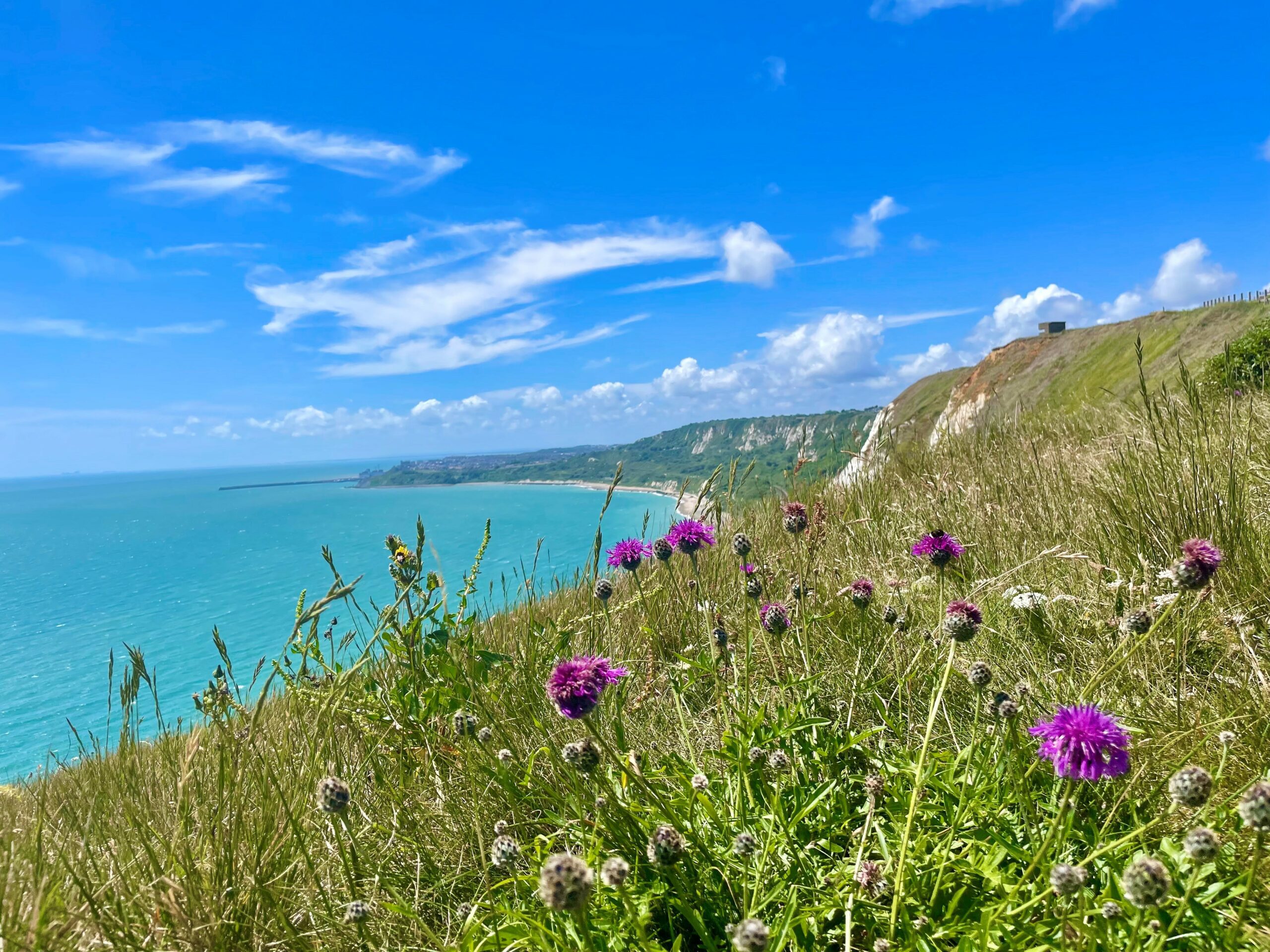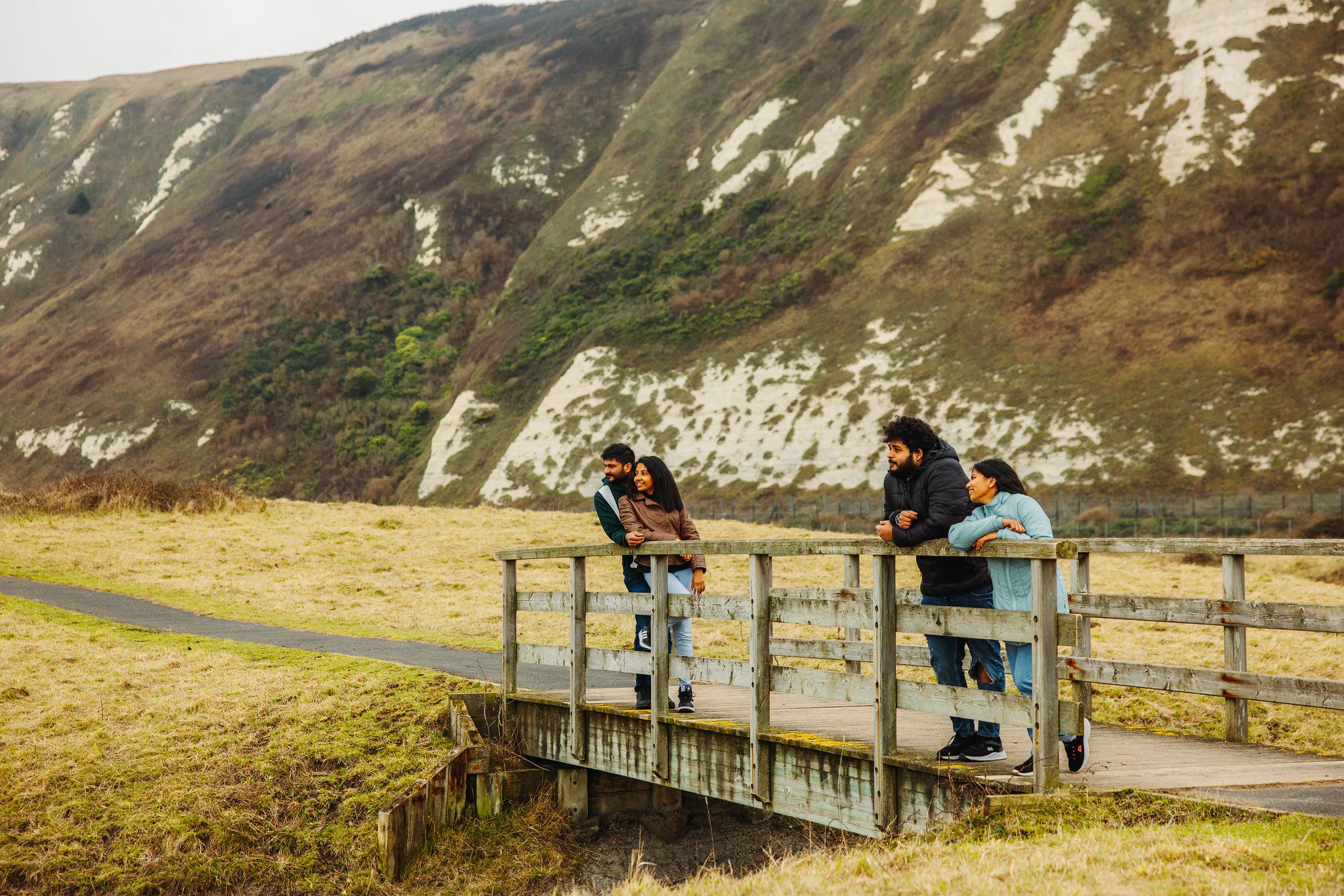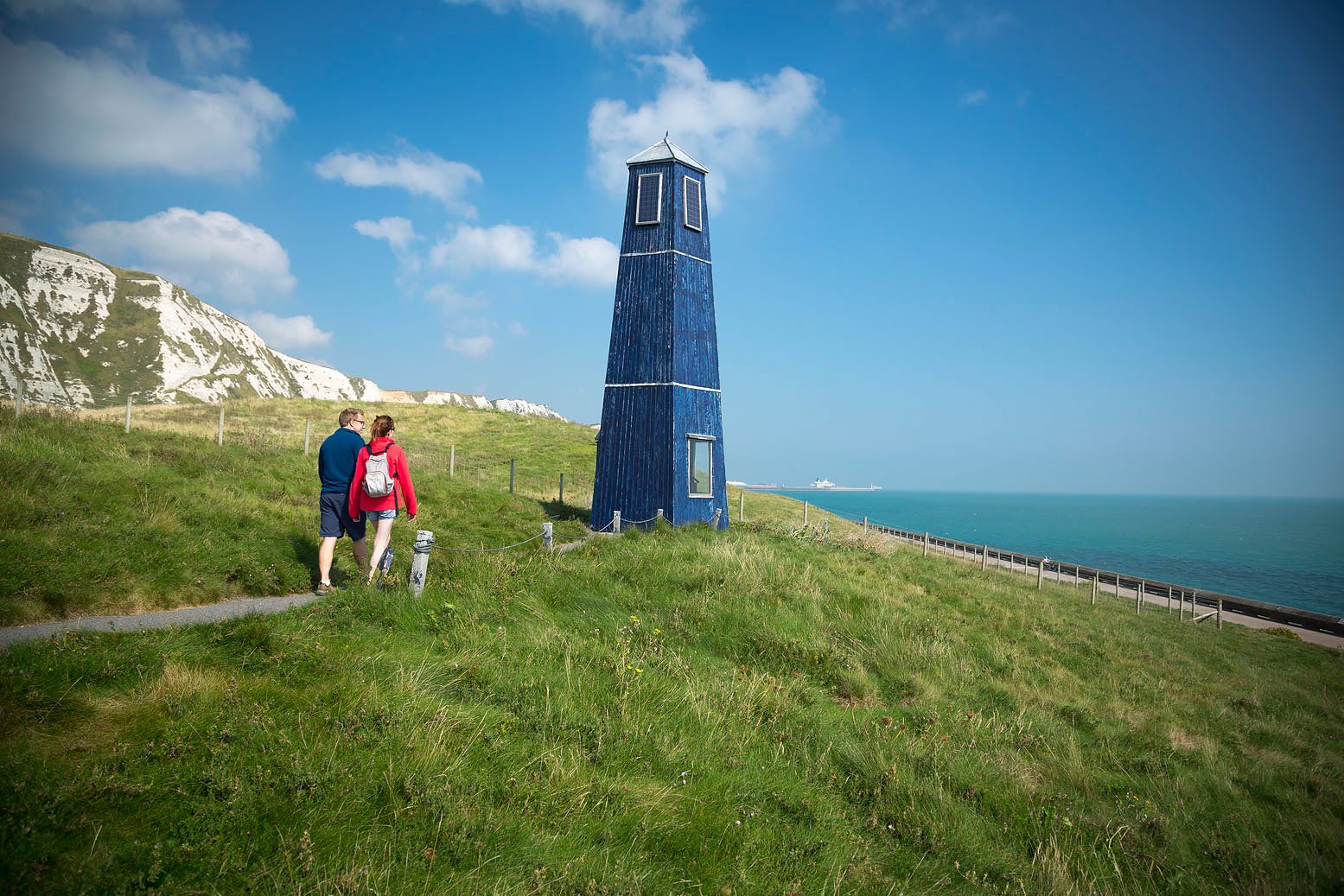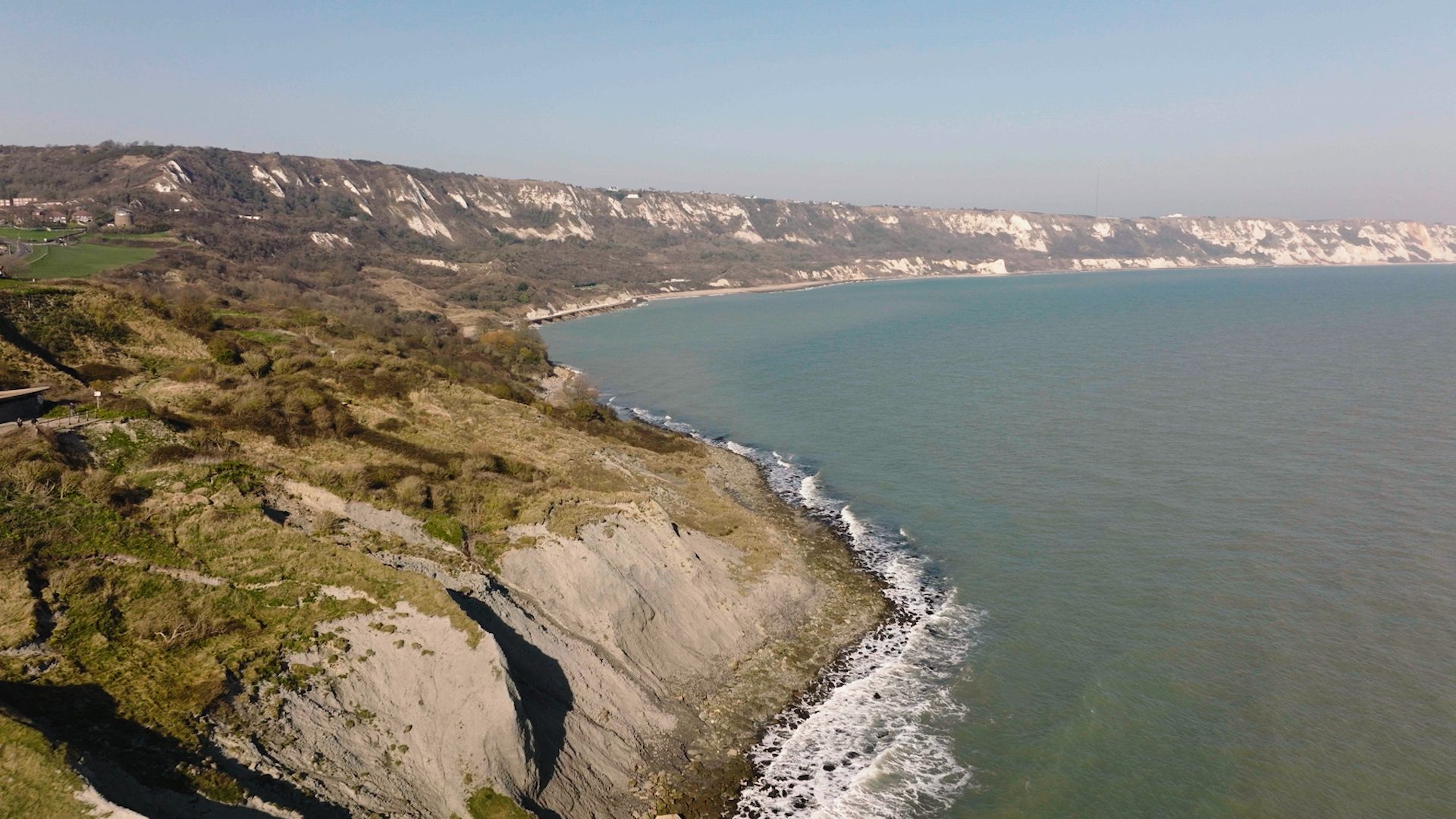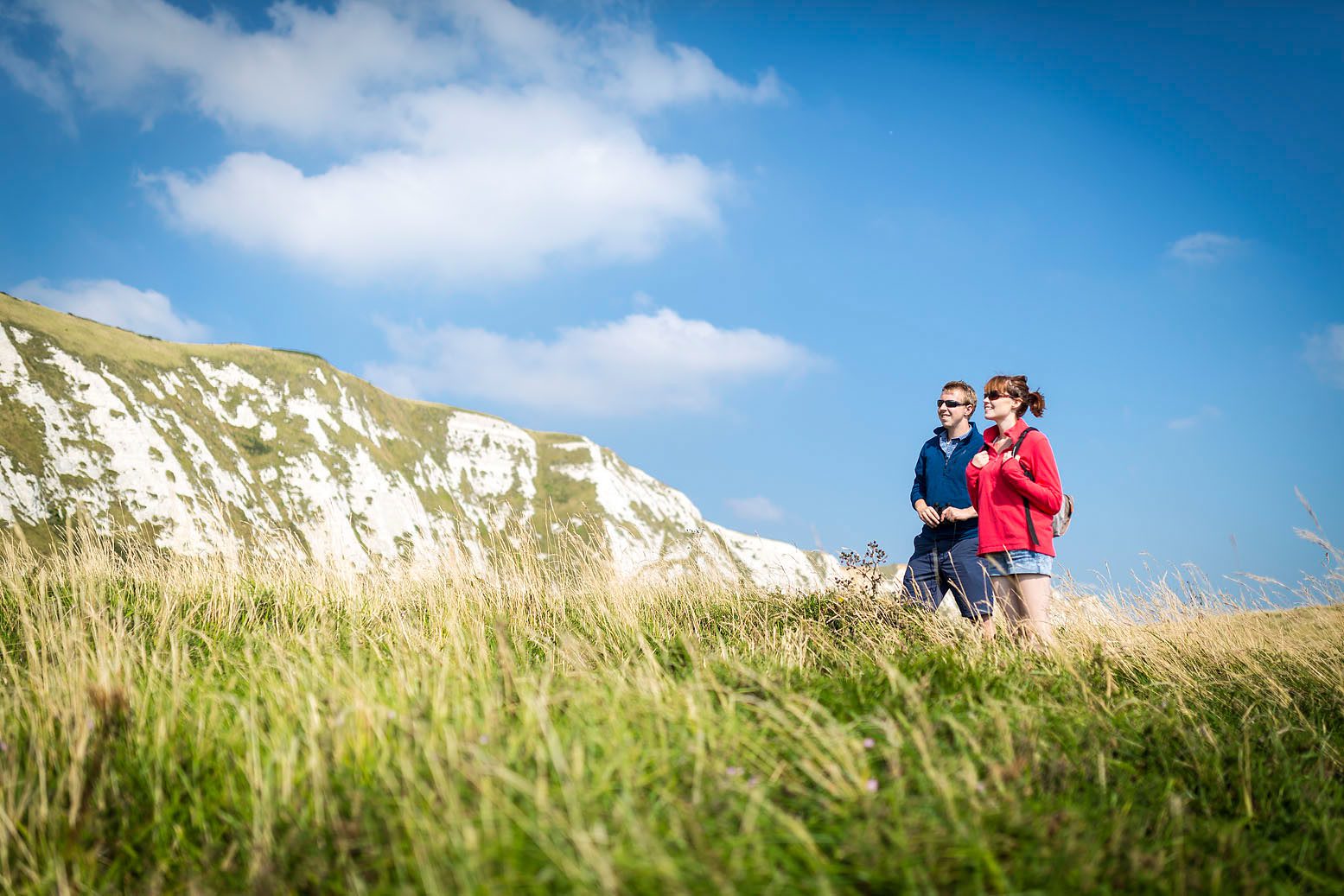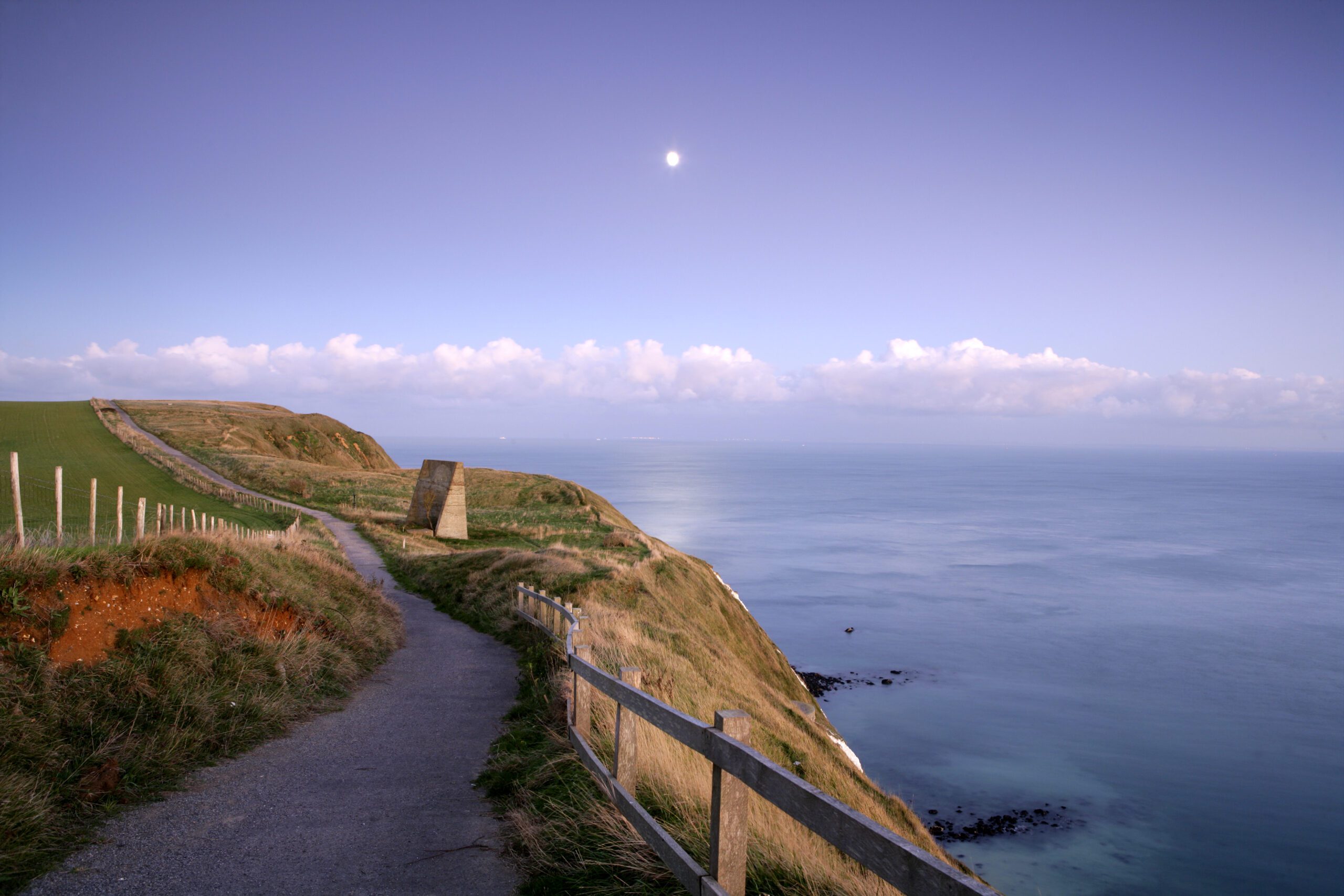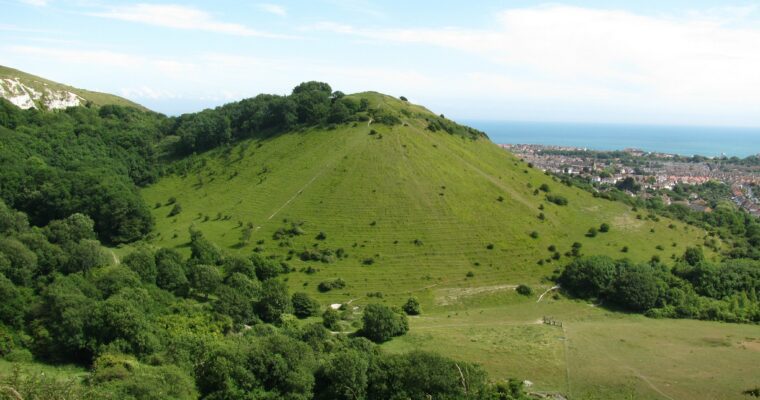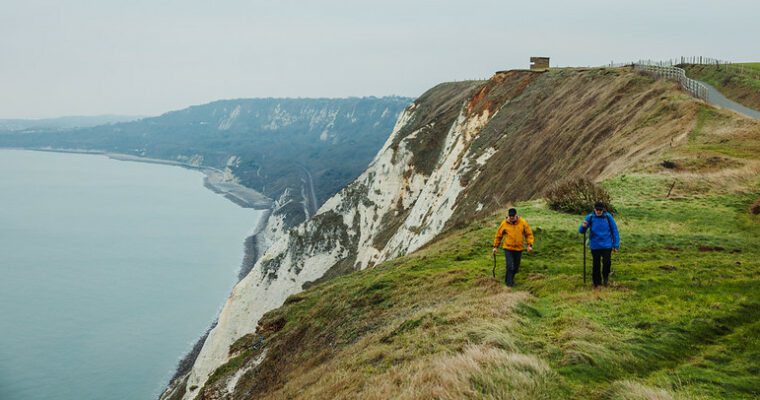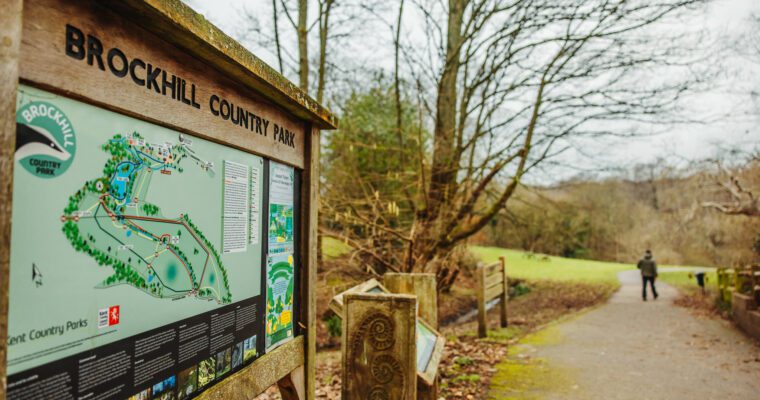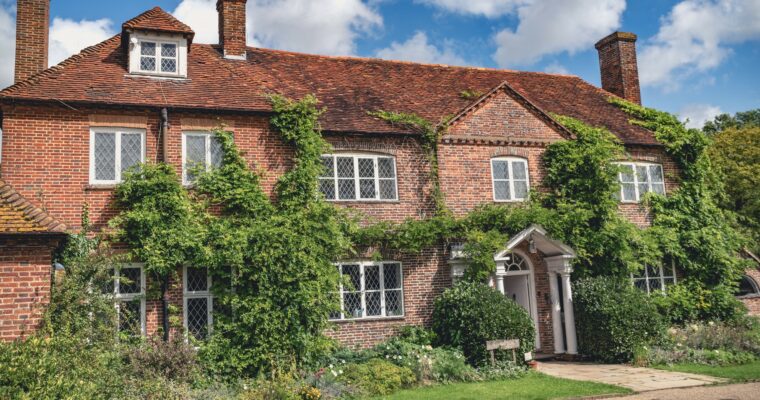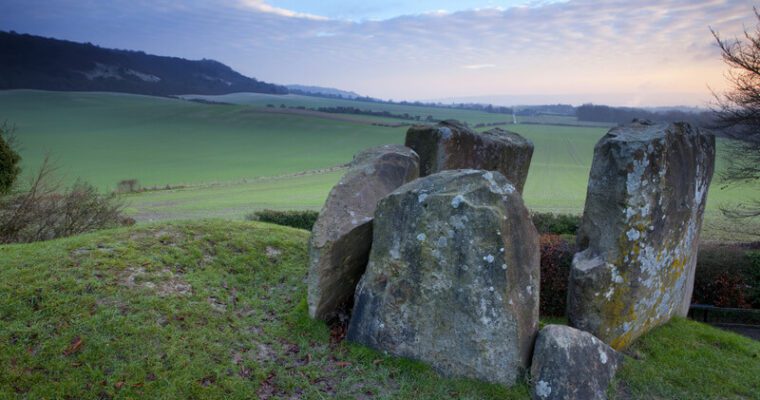Folkestone Harbour, the Warren & Samphire Hoe
The coastal area stretching from the eastern edge of Folkestone to the western edge of Dover is truly unique, with an incredible combination of man-made and natural features intertwining to produce this special location.
Folkestone Harbour, the Warren & Samphire Hoe
The Warren is one massive landslip, caused by the fact that a layer of wet, impermeable clay meets the bottom point of the permeable chalk right in between the low and high tide mark, meaning the Chalk cliffs are constantly ‘slipping’ on the wet clay. To combat this, the concrete apron running along the shoreline was built to stop the cliffs slipping into the sea!
Because the Folkestone-Dover trainline passes through the Warren at the foot of the cliffs, this area is one of the most intensely studied landslips anywhere in the world.
At the far end of this stretch of coastline is Samphire Hoe. Samphire Hoe was formed from the ‘spoil’ of the UK-side of the Channel Tunnel, there was nothing here before but everything that was dug out had to go somewhere! From the big pile of mud and rocks an incredible nature reserve has emerged over the last thirty years. The Warren and Samphire Hoe are managed by the White Cliffs Countryside Partnership, who work to conserve and improve the natural environment here. Visitors can expect to see a huge range of wildlife, including rare orchids, butterflies and birds.
The cliff faces along the coast here are also some of the first rocks ever studied by geologists (before the study of ‘geology’ even existed!).
The darker, green cliffs close to Folkestone Harbour are made up of layers of gault clay and greensand. The gault clay layer is the ‘type section’ for this type of rock, meaning that wherever it is found in the world geologists refer back to this cliff to identify exactly what it is. The gault clay is also full of fossils which you can often find on the beach at the western end of the Warren.
How to get here
- Where to start? The best way to discover Folkestone harbour and The Warren is to catch a train to Folkestone and then follow walk through the heart of the town down to the shore. To explore Samphire Hoe, you can cycle from Folkestone or Dover along National Cycle Route 2.
- Travelling by train? With around 40 stations in and bordering the National Landscape with connecting links to London and the continent, the Kent Downs and Cross-Channel Global Geopark can be readily accessed by train.
About Geosites
Geosites are sites of geological interest across the aspiring UNESCO Cross-Channel Global Geopark, where people can visit and interact with our geological heritage. This wide range of sites will offer varying opportunities and values including cultural, heritage, scientific, educational, and aesthetic.
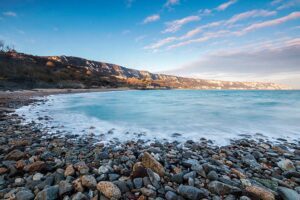

About the aspiring UNESCO Cross-Channel Global Geopark
Hundreds of thousands of years ago a catastrophic flood swept away the chalk ridge connecting Dover and Calais, carving out the white cliffs of Dover and starting Britain’s history as an island.
Did you know the Kent and French coasts are actually still connected today by the layer of chalk which runs below the Channel?
In celebration of the chalk and the channel, we are working to secure UNESCO Cross-Channel Global Geopark status for the Kent Downs National Landscape together with our neighbouring protected landscape in France; the Parc Naturel Regional des Caps et Marais d’Opale.
The Geopark will include both the protected landscapes and the Channel connecting them, recognising and celebrating the geological connection between us.


